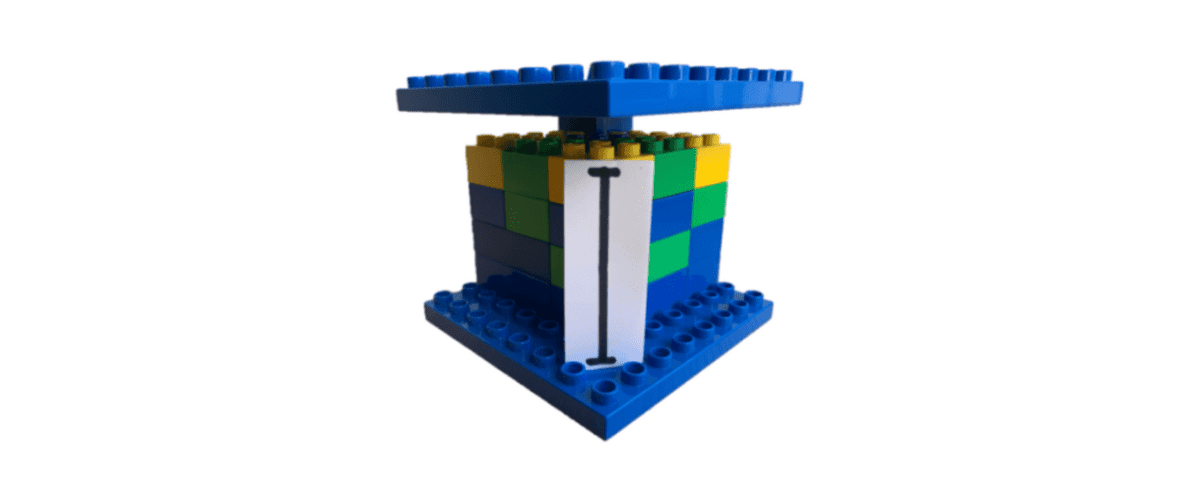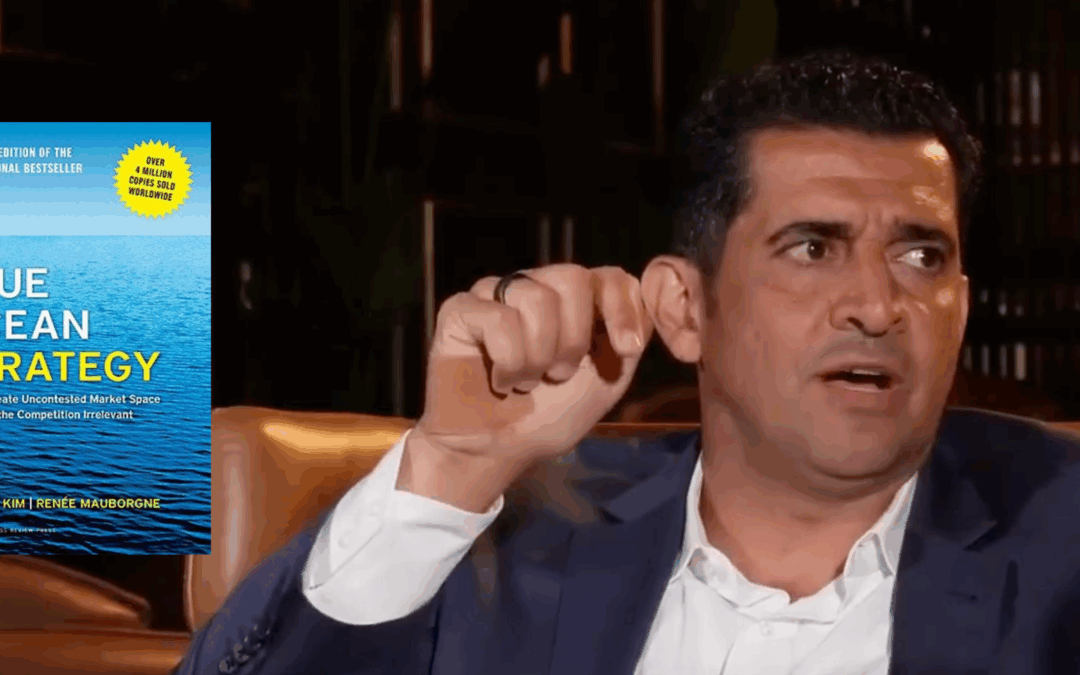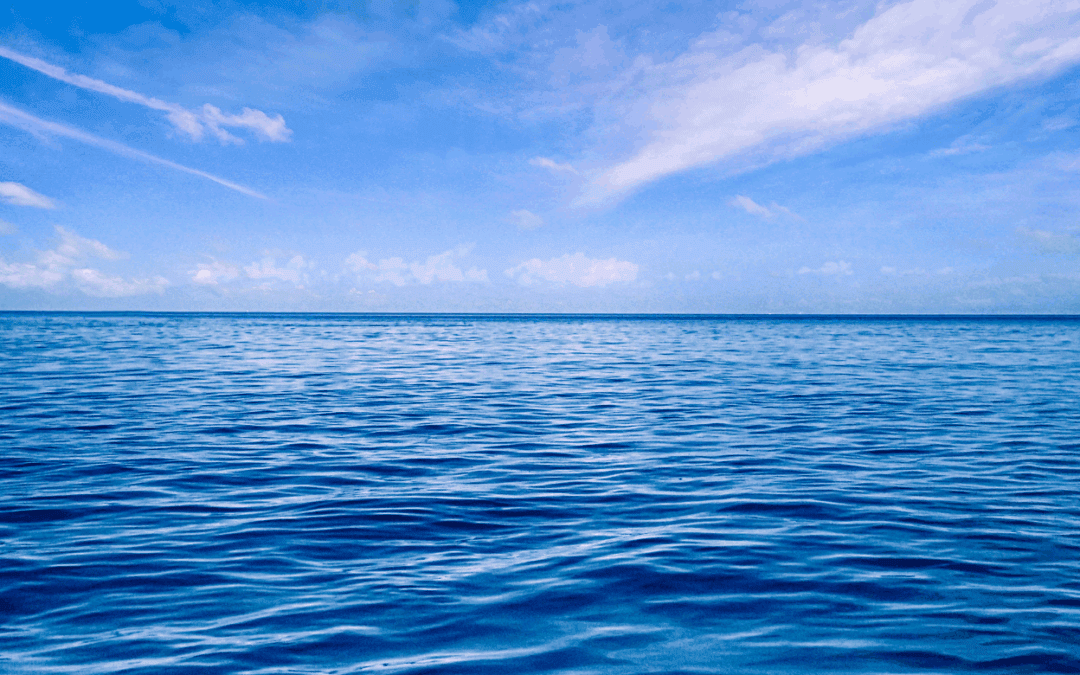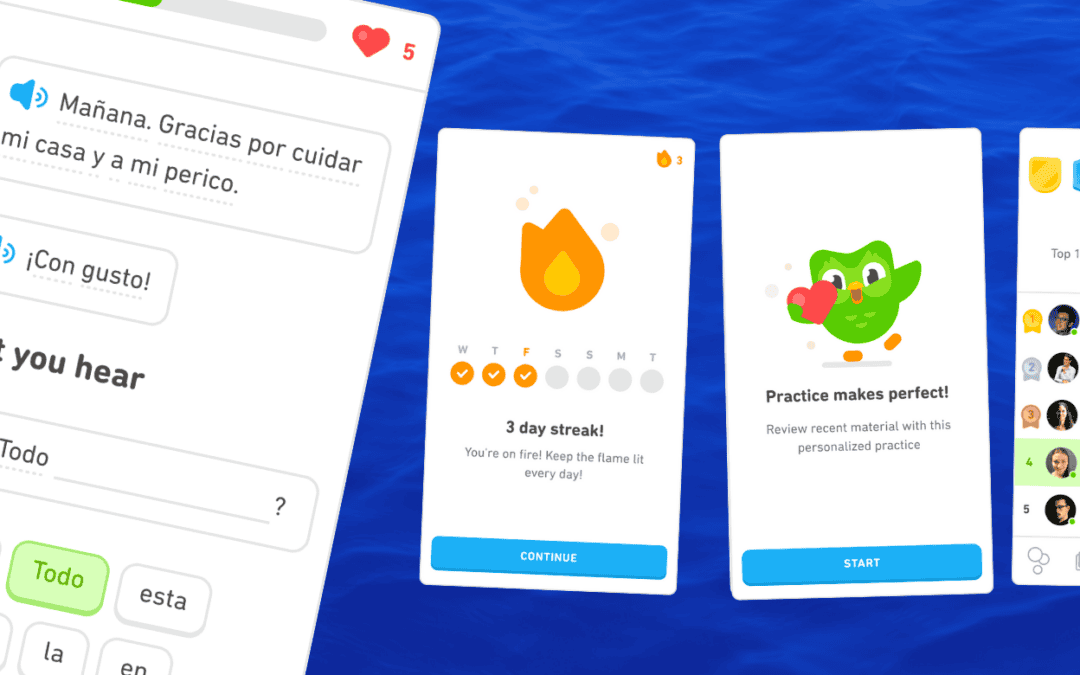Written by Michael Olenick, an Institute Executive Fellow at the INSEAD Blue Ocean Strategy Institute.
Value innovation, the simultaneous pursuit of higher value and lower cost, is the core of INSEAD Professors Chan Kim and Renée Mauborgne’s Blue Ocean Strategy.
The concept was first introduced in a 1997 Harvard Business Review article, Value Innovation: The Strategic Logic of High Growth. “The less successful companies took a conventional approach: Their strategic thinking was dominated by the idea of staying ahead of the competition. In stark contrast, high-growth companies paid little attention to matching or beating their rivals. Instead, they sought to make their competitors irrelevant through a strategic logic we call value innovation,” wrote the professors. The article quickly became a bestseller, launching an entirely new way of thinking about strategy.
Chan Kim and Renée Mauborgne described a process that involves isolating the core factors of a strategic offering then eliminating, reducing, raising, and creating to define a new offering that doesn’t compete but makes competition irrelevant.
In the original article, Chan Kim and Renée Mauborgne noted that CNN did not compete with other networks to find high-value news anchors. Instead, they found talented reporters and created an environment where those anchors would thrive.
Similarly, when Marvel decided to create their own movie studio they chose to forego known movie stars, with few exceptions, focusing instead on promoting talented yet relatively unknown actors and creating an environment where those actors could do their best work.

Nintendo realized the value of a videogame system was in the fun it offered users.
The 1997 article explained the need to refocus from segmentation between core customers to focusing on customer value. “Instead of focusing on the differences between customers, value innovators build on the powerful commonalities in the features that customers value,” wrote Kim and Mauborgne.
Nintendo is a case study in how this played out over time. In the early aughts, the company was in dire shape. It was a distant third to game console makers Sony and Microsoft. Business analysts recommended that it exit the console market and focus on games. Sony, maker of the well-known bestselling PS2 game system, spent over $2 billion on a custom chip for its next-generation game system PS3, which was powerful enough to fly cruise missiles. Microsoft was losing hundreds of dollars per game console launching their Xbox 360. Nintendo couldn’t afford to build a custom chip nor lose any money per console.
However, Nintendo realized the point of a videogame system – the value – was in the fun it offered users, and that there’s nothing especially fun about expensive computer chips. The Kyoto firm eliminated the custom chips, high-resolution graphics, and lifelike physics. They vastly reduced violence, realism, and real-time online gaming. This appealed to a wider group than the ever-smaller segments of boys and young men who, at the time, were seen as the core customers for videogame systems. This focus on customers – or noncustomers, as the theory developed over time – raised fun and approachability. Nintendo’s blue ocean offering outsold the other two by a factor of two-to-one.
Focusing on assets and capabilities, the authors noted: “…many companies view business opportunities through the lens of their existing assets and capabilities.” Indeed, this is the way things were done at Wawa, a convenience store that found itself selling far more food than other items. After applying value innovation, the firm entirely outsourced its food production and refocused its energy from production to quality control. This strategic pivot reduced costs and raised the value to customers, resulting in a multi-billion dollar increase in revenue at higher margins.
Finally, the authors noted that businesses are constrained by product and service offerings. “Conventional competition takes place within clearly established boundaries defined by the products and services the industry traditionally offers,” they wrote. French Fintech Compte Nickel created a bank account without a bank, an account for the unbanked who could sign up at newsstands. The account included no tellers, no buildings, no extra services: nothing besides the ability to store and spend money. Along with vastly reducing the complementary products and services that banks usually offer, Compte Nickel eliminated the countless fees most banks profit from and instead charged well-defined flat fees. The business was both successful, profitable, and also served a social function by bringing banking to those otherwise ineligible for an account.
Chan Kim and Renee Mauborgne’s value innovation article was wildly popular, breaking every record for reprints.
The development of Chan Kim & Renée Mauborgne’s ideas
Over time, the professors built upon the core ideas. Where the initial article and subsequent follow-ups focused on value and profit, the professors added people to the equation. They found that aligning value, profit, and people was key to creating successful strategies and released their theory in the groundbreaking 2005 bestseller Blue Ocean Strategy and the 2015 follow-up, Blue Ocean Strategy, Expanded Edition. Finally, they defined the process for strategic ideation in 2017’s Blue Ocean Shift.
Blue ocean strategy introduces several tools to help create new strategies. Among them, my focus here is on Chan Kim & Renée Mauborgne’s Four Action Framework. The framework prods strategists to eliminate, reduce, raise, and create (ERRC) factors to produce a new offering, giving rise to a complementary framework called a Chan Kim & Renée Mauborgne ERRC Grid.
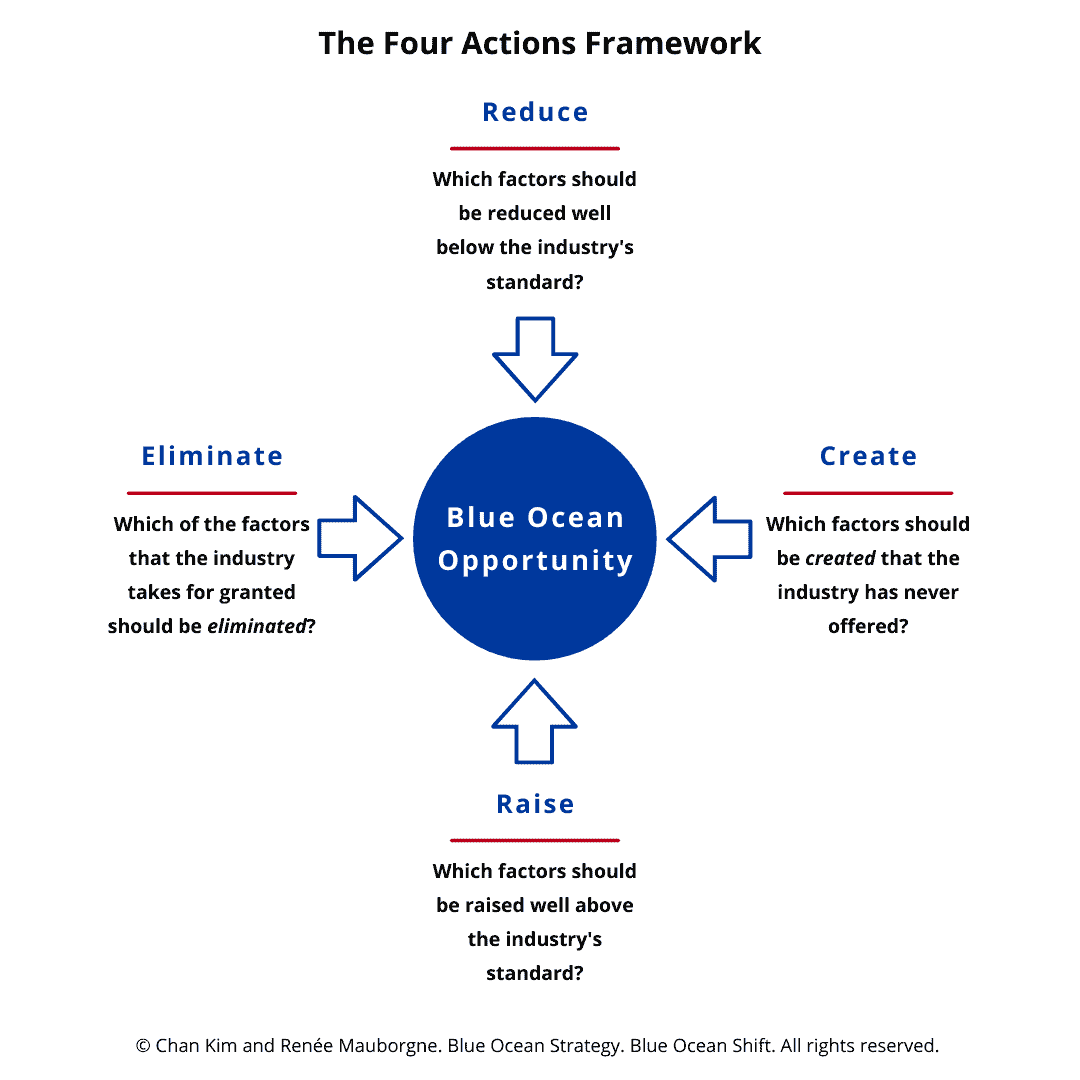
In Blue Ocean Strategy, the need to eliminate, reduce, raise, and create were identified but in Blue Ocean Shift, the authors explicitly specified that the process should follow a particular order: 1) Eliminate, 2) Reduce, 3) Raise, and 4) Create. Eliminating and reducing key factors of competition is necessary because, among other things, it frees up the capital to raise and create factors for a new offering. Additionally, some expensive factors of an offering can actually subtract from buyer value. For example, if Marvel opted to use A-list movie stars, the presence of the stars may have eclipsed the underlying comic book characters. Marvel needed the focus of their films to be on Iron-Man, Thor, and Captain America, not expensive superstars like Tom Cruise or Brad Pitt.[1]
Social scientists explain why Kim & Mauborgne’s ERRC Grid is effective
As demonstrated in the original articles and follow-up books, the value innovation process works. When used correctly it improves the chances of identifying new blue ocean opportunities. Now, a group of behavioral scientists have identified a key component explaining why value innovation is so effective.
In an April 2021 Nature article, People systematically overlook subtractive changes, researchers showed it is human nature to add to an offering even though subtracting elements is often more effective and lower cost. Individuals are less likely to consider removing elements of an offering, referred to as ‘subtractive behavior’, unless prompted.
The researchers showed that “…people systematically default to searching for additive transformations, and consequently overlook subtractive transformations… Defaulting to searches for additive changes may be one reason that people struggle to mitigate overburdened schedules, institutional red tape and damaging effects on the planet…”.
Of course, the value innovation process explicitly requires strategists to consider subtractive behavior by requiring participants to eliminate and reduce before they consider raising or creating.
As research at the INSEAD Blue Ocean Strategy Institute confirms, it is also one reason many new products and services contain costly features that sometimes do not offer value commensurate with the cost. We’ve studied strategies where extra features may even reduce overall value by making an offering more complicated or costly, especially for noncustomers.
For example, consider the case of a typical cable television remote control. Countless buttons perform niche functions many of which are seldom used, with some of them put a television into an unwatchable state. However, each of those buttons was specified, engineered, tested, manufactured, sold, and must be supported. The extra features those buttons offer add enormous cost to the remote control but little value except in niche use cases. It’s not uncommon for the buttons to make the core functionality – controlling a television – more difficult for the mass of buyers. Why might the remote-control manufacturers have added this costly but seldom used functionality? Possibly because, while trying to compete with other remote-control makers, they only considered additive functionality.
Consider the following model, from one of the experiments in the Nature article:

Nintendo realized the value of a videogame system was in the fun it offered users.
Participants were paid $1 to stabilize the top platform on the big block behind the “I”. Each toy piece participants used cost $.10. Most participants tried to use a minimal number of bricks to build a steadier support. Few realized that the least expensive way to stabilize the platform was to remove the single block it rests upon and place the platform directly on the big block below. However, after being prompted that “removing pieces is free” significantly more participants thought of this solution.
The Nature researchers tried other similar experiments including the following:

Participants were asked to modify the pictures to make them symmetrical. Many participants added blocks than removed them unless specifically cued to remove blocks. “Our experiments showed that the identification of advantageous subtractive changes depends on the presence of cues that prompt subtractive search” the researchers concluded.
Besides the benefit of prompting people to explore subtractive ideation – eliminating and reducing – the researchers also proved that distractions and time pressure to ideate often resulted in suboptimal additive solutions. In other words, it’s vital to prompt strategists to eliminate and reduce then, subsequently, to give them adequate time to do so.
It’s human nature to resist eliminating or reducing elements
I was initially introduced to value innovation as a product developer at a Fortune 500 business in 2001, before the book when value innovation was still an article in Harvard Business Review. An immediate enthusiast, I connected with Professors Kim and Mauborgne and have worked through blue ocean ideation at countless businesses from tiny startups to Fortune 10’s, non-profits, and with government. In 2012, I started having conversations more frequently with the authors of the book and in 2014 was fortunate enough to be invited to join INSEAD as an executive fellow at the INSEAD Blue Ocean Strategy Institute.
In every one of the many blue ocean strategy sessions I can remember, without exception, there was a tendency to raise and create key factors rather than eliminate or reduce them. Even when pushed to only focus on eliminating and reducing, strategists often try to sneak in additive factors. For example, they might write, “Eliminate our feature gap with (some competing product)” or “Reduce frustration by adding hours to the helpline.” Other long-time blue ocean facilitators I know confirm the same: participants consistently push to raise or create key factors of competition rather than eliminate or reduce them.
Many of the blue ocean strategy sessions I’ve facilitated and attended are with businesses that keep a keen eye towards removing superfluous costs. However, this mandate seems to disappear when they walk through the door into a blue ocean strategy seminar. No matter whether participants are marketers, product developers, or even hard-nosed finance types who seemingly live to cut costs, they’re often stubbornly resistant to eliminating or substantively reducing anything in a proposed new offering.
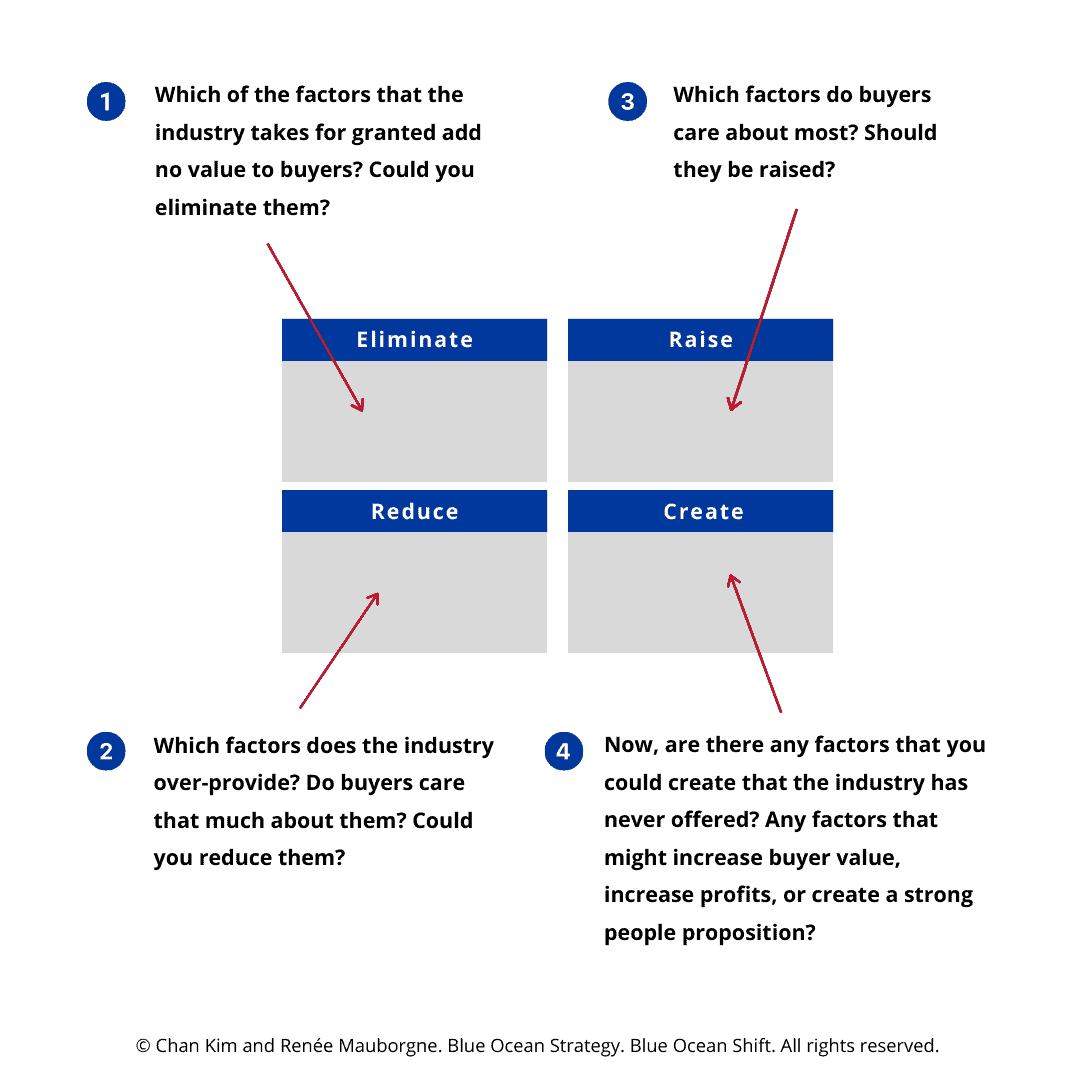
The Nature article helps explain that it’s human nature to resist eliminating or reducing elements unless prompted and given time to think about why subtractive thinking might be better. Decades of research and case studies at the INSEAD Blue Ocean Strategy Institute bear this finding out. Nintendo spent far less than competitors Sony or Microsoft on building their wildly successful Wii and Switch gaming systems. Marvel spent 30 percent less making movies that have consistently grossed and netted more revenue than movies of any genre. Wawa spends less making food than ordinary restaurants yet sells more food at better margins. Yellowtail sells far more wine and makes far more money than the most prestigious vineyards anywhere. All these companies eliminated and reduced seemingly vital components yet created successful, highly profitable, high-growth businesses. And yet, despite these cases and countless others, it remains a challenge to convince strategists to eliminate or reduce anything of substance.
As Blue Ocean Strategy co-author Prof. Renée Mauborgne teaches, their research “…effectively supports Value Innovation and the power of the Eliminate-Reduce-Raise-Create Grid and Four Actions Framework to cognitively prompt people to eliminate and reduce so that these actions are front of mind and not over dominated by a more natural bias to raise and create. The frameworks in effect demand that. It steers managers to move from fast to slow thinking, and in doing so achieve differentiation and low cost.”
Why eliminating and reducing substantive key factors is vital towards finding new blue oceans
The Nature study helps illustrate why it is vital to prod participants into substantively eliminating and reducing key factors, whether applying the value innovation process in your own organization or facilitating it for others.
When we refer to reducing we mean reducing far below the industry norm. We acknowledge this may feel counterintuitive or even incorrect, but it is a core requirement to the successful use of Value Innovation. The Nature article helps explain that eliminating and reducing key factors – subtractive thinking – does not come naturally. There is a chance that participants in the strategic ideation process may push back when asked to eliminate or reduce key factors, especially industry-standard features perceived as vital components to an offering. Of course, raising and creating other factors is also important but that part of the exercise tends to come more naturally.
We know first-hand and have studied countless innovators who internally struggled to eliminate and reduce key factors but pushed through and their offerings turned out spectacularly well. Nintendo, Marvel, Wawa, and the long list of other blue ocean strategy cases show the struggle is well worth it.
[1] As a result of the success of the studio, many of the actors and others involved in the films became stars but, with the exception of a small number who chose to work at reduced rates for other reasons, they were largely unknown.
About the author
Michael Olenick is an Institute Executive Fellow at the INSEAD Blue Ocean Strategy Institute.
